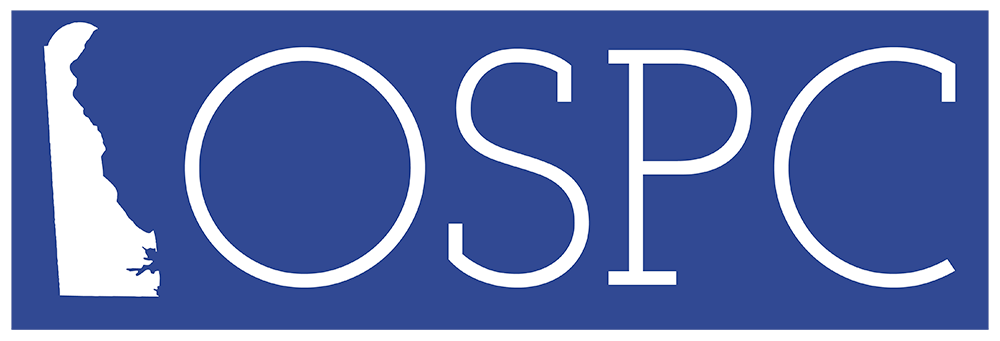Community Design Core Values
Better Models for Development in Delaware - Ideas for Creating More Livable and Prosperous Communities
Forward • Purpose • Principles • Values
Community design-whether good or bad-is important because if affects people and how they live, work and relate to their neighbors and the environment. The following recommendations are designed to improve land development in Delaware. These ideas can make a project not only more attractive and environmentally sensitive but more profitable as well.
Value One: Land Features before Land Design
As a first step, identify and map the property's assets to:
- Incorporate or work around important features such as wetlands, steep slopes, established forests, water-ways, historic or pre-historic sites;
- Maximize habitat protection and minimize habitat fragmentation;
- Give protection of the natural resources priority before considering the layout of the project;
- Put development on the least valuable areas rather than the most valuable site elements; and
- Incorporate the site's resources when designating areas for preservation and recreation.
Value Two: Land Design before Yield
Instead of focusing on the potential project yield in number of units per acre, let the design flow from the:
- Land features;
- Desired appearance of finished project;
- Functionality of the built environment;
- Project's character; and
- Appropriateness of the project's location in regard to neighbors, environment and surroundings.
Value Three: Cluster before Sprawl
Look at opportunities to cluster the project's components with:
- Priority for smaller lots by reducing larger lots and dispersed uses;
- Mixed uses;
- More compact and efficient land design;
- Walkability;
- Connectivity; and
- Seamless transitions between uses rather than abrupt borders.
Value Four: Scale before Statement
Determine the design and appropriateness of structures based on the general context of the area to:
- Promote construction that is sensitive to the scale and context of the surroundings, rather than building the biggest, most impressive buildings possible;
- Build structures designed to fit a human scale and perspective; and
- Consider the manageability of home sites and proximity of buildings to each other.
Value Five: Neighborhood before Individual Ownership
Pursue designs that accommodate social interaction and incorporate shared access to community resources by:
- Considering the connection to adjacent uses - such as shopping, schools and recreation - rather than building individual homes and businesses on isolated sites;
- Allowing the natural features and benefits of the site - such as water bodies or vistas - to be accessible to the entire community rather than limited to a few areas; and,
- Offering opportunities for interaction with others as well as individual areas for fostering pride of ownership and identity.
Value Six: Community Inclusion before Site Exclusion
Design projects that are place sensitive and foster identity by:
- Avoiding real or perceived (designed-in) isolation, separation or exclusion such as that found in gated communities or those that focus layout inward and separate from neighborhood or community; and
- Encouraging communication among neighbors through greenways, paths, open space corridors and compactness.
Value Seven: Pedestrian before Vehicle
In the design, take the opportunity to put pedestrians first by:
- Promoting walking and biking;
- Making the automobile secondary in the design process, while recognizing its continuing necessity;
- Recognizing that roadways can be more than just a means to convey vehicles;
- Promoting the use of roads as open space and routes for alternative modes of travel; and
- Minimizing excess vehicle travel by making roads friendly to walkers and bikers. This benefit added value of increasing community identity and integrity.
Value Eight: Sensibility before Fad
Seek designs and features appropriate to the local market which reflect the lifestyles of area residents by:
- Resisting the architectural fad of the moment when those designs clearly do not fit the community;
- Designing a mix of types, styles and sizes of residential units; and
- Building active, human-scaled commercial streets rather than huge shopping complexes with expansive parking areas.
Value Nine: Context before Application
Focus on identifying, preserving and creating community character by:
- Attention to scale and context-sensitive architecture;
- Consideration to local vernacular styles rather than blind acceptance of corporate, regional or national designs; and
- Providing for seamless transitions of uses and activities rather than rigid zoning districts and use requirements.
Value Ten: Land Planning and Architectural Design before Engineering
Stress design flexibility and creativity by:
- Avoiding reliance on rigid, engineering-based development parameters (such as those typically found in subdivision ordinances); and
- Adopting more flexible standards for lot sizes/shapes, setback, floor area ratios, turning radiuses and street widths.
Value Eleven: Community Character before Ordinance
Tailor land development controls to the community and regional setting by:
- Using design to create quality places rather than relying on ordinances and standards to create community;
- Minimizing rigidity in the regulatory process;
- Avoiding merely mirroring "common usage" controls and approaches used elsewhere; and
- Avoiding approaches that were developed to fit unique circumstances of another jurisdiction.






